We'd not heard of rice hulls either - this affordable hack is what pros use to make backyards better for growing
From mulching your plant beds to helping aerate the soil in your containers, rice hulls have plenty of uses
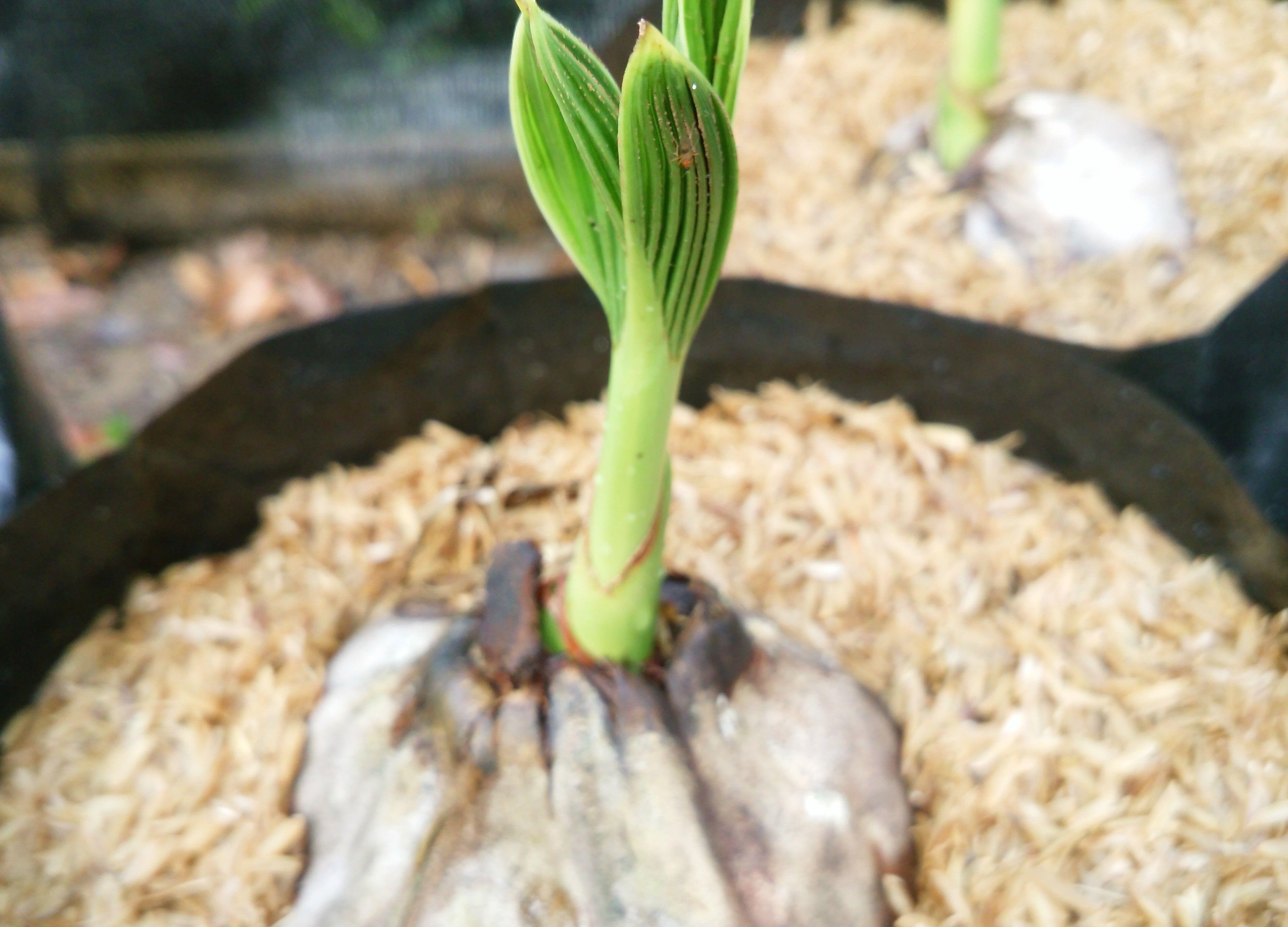

So you've decided to step up your gardening game, but just as you think you've wrapped your head around the various soil amendments and potting mediums on the planet, you find out about a thing called rice hulls. Suddenly, you don't feel quite as green-thumbed as you did five minutes ago. So what are they, and how do they work?
If using rice hulls for gardening is a totally foreign concept to you, don't be put off. This byproduct of rice harvests is one of the most sustainable soil amendments you can incorporate into your planting and they have a multitude of uses, from mulching your plant beds to helping aerate the soil in your containers. With the help of some experts, we explain all the different ways you can make use of this cheap, easy, and effective product within your modern garden.
What are rice hulls, and what are they used for in gardening?
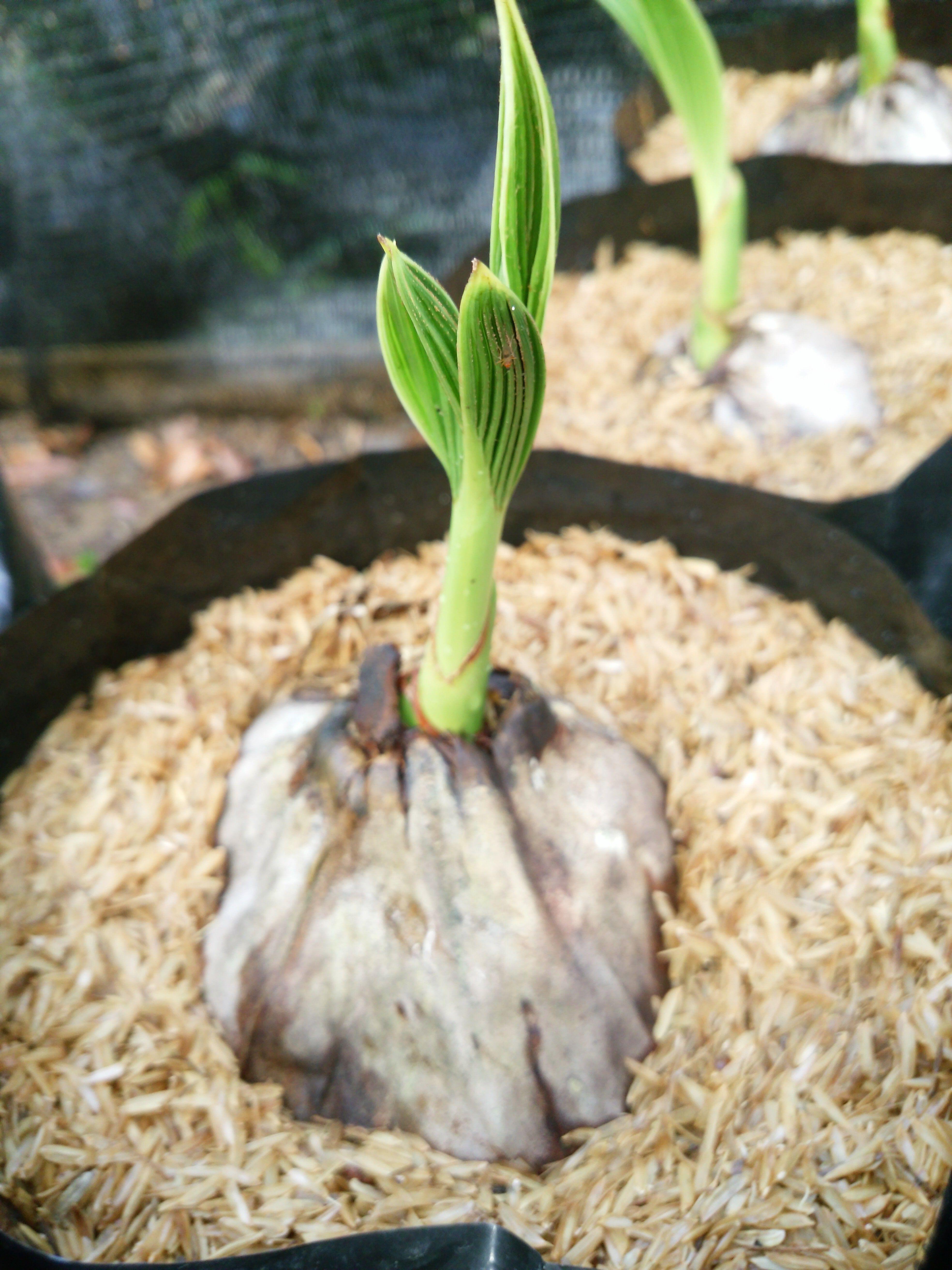
Rice hulls, also known as rice husks, are the protective covering around grains of rice that become a byproduct of harvests. As Tony O'Neill, gardening expert at Simplify Gardening, explains: 'Once the edible part of the rice is extracted, these hulls are typically discarded. However, they've found a purpose in gardening as a valuable organic soil amendment.'
Soil amendments are typically made of organic matter and are added to the soil to improve its condition. Coco coir and peat moss are both common soil amendments that you're more likely to have heard of, but rice hulls are a more sustainable option with many unsung benefits. 'Their lightweight nature makes them perfect for improving soil aeration, and they can also be used as a mulch or a component in potting mixes when container gardening,' says Tony.
5 benefits of using rice hulls
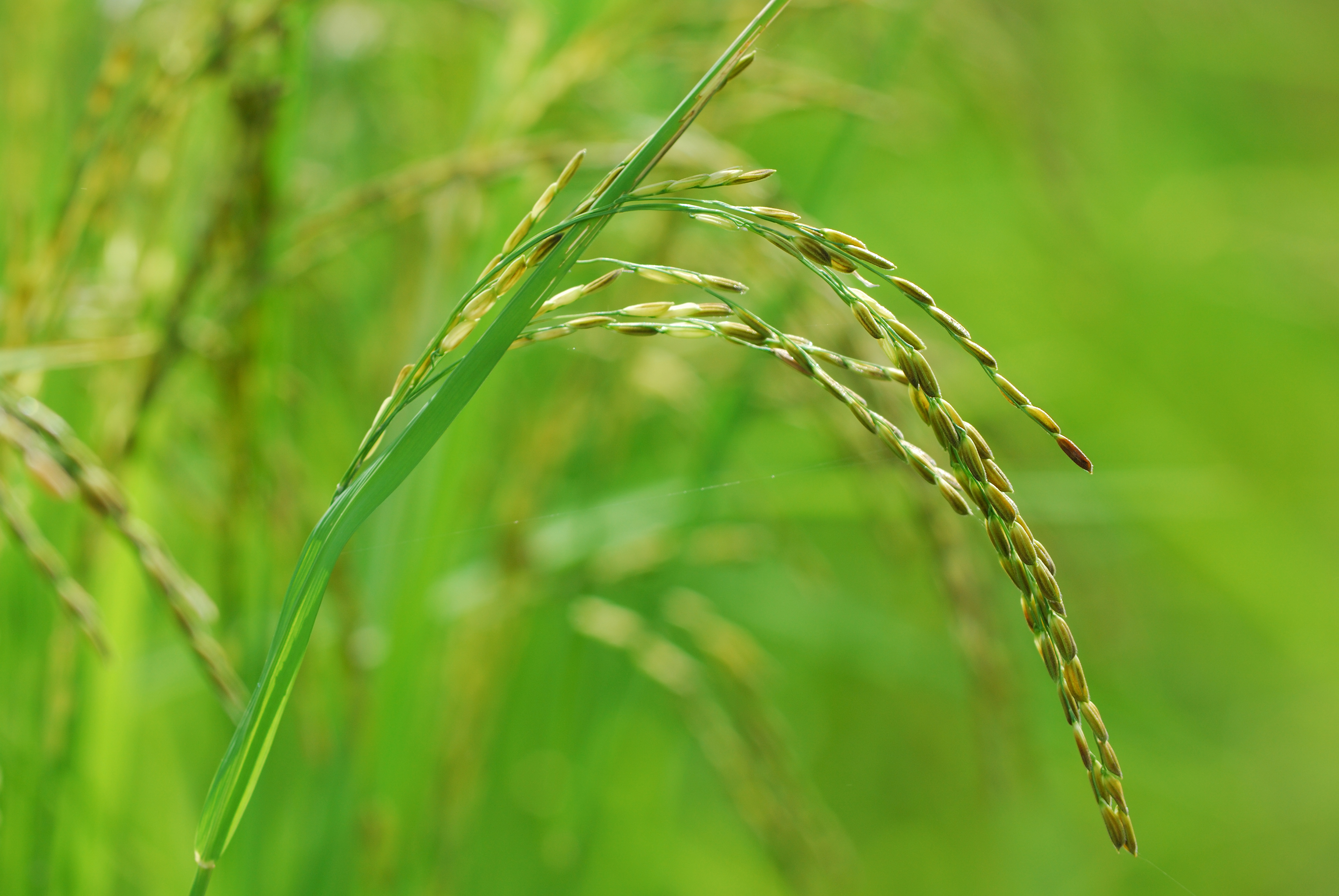
Whether used for mulching, within a potting mix, or incorporated into the soil of your flower beds, rice husks have many benefits. Here are five you'll want to know about it.
1. Improved soil aeration
First off, the lightweight nature of rice hulls makes them great for improving soil aeration. 'With their porous composition, rice hulls facilitate the movement of air and water, vital for fostering healthy root growth by improving aeration and drainage,' explains Diana Cox of The Gardening Talk. This in turn prevents soil from compacting and further problems such as root rot which can be particularly common in raised beds.
2. Helps with water retention
'While they enhance drainage, rice hulls also help to retain some moisture, which can be beneficial in dryer climates or during hot spells,' explains Tony. This can be especially useful in container gardening (particularly vegetable container gardening) where soil can dry quickly and plants are bound to pots. As Diana notes, adding rice husks to a potting mix will therefore help to mitigate the risk of both over and under-watering.
3. Balances soil pH
We often disregard soil pH, but the alkaline or acidity of soil can have a huge impact on the health of our plants and should generally be kept between a pH of six and seven for ultimate growth. For example, soil that's too highly alkaline is less soluble and therefore plants will have trouble absorbing nutrients. 'But, given their slightly acidic nature, rice hulls can assist in gradually balancing the pH of alkaline soils,' says Diana.
4. A natural pest deterrent
There are many hacks for keeping pests out of your garden, some of them more humane than others, but rice hulls offer a natural way to keep the likes of slugs and snails away from your plants. 'That's because their silica content will deter these pests from setting up shop in your garden beds,' says Tony.
5. Weed control
Weeds are the arch nemesis of keen gardeners. No matter how hard you try to curb their growth, they always seem to find a way to sprout up amongst your neat garden borders. We all know that harsh chemical weed killers aren't a safe option, but fortunately, rice hulls could offer the natural weed control you've been searching for.
'A protective layer of rice hulls on the soil surface effectively suppresses weed proliferation by obstructing sunlight and creating a barrier,' explains Diana. This gardening technique, known as mulching, can also act as an insulator for your soil in cooler weather, too.
What are the disadvantages of using rice hulls in your soil?

Like most things, using rice hulls in your gardening does come with some drawbacks. 'For one, they can deplete nitrogen from the soil as they decompose, so it's essential to ensure you're replenishing the soil's nitrogen levels, especially if you're growing nitrogen-loving plants,' notes Tony. The best way to do this is with a nitrogen-rich fertilizer like this one, from Amazon.
'Rice hulls also decompose at a leisurely pace, offering a dual-edged benefit,' says Diana. 'They ensure prolonged enhancement of soil structure but lack rapid soil fertility improvement,' she says. It's a good idea to make sure you use rice hulls alongside compost or fertilizer to help ensure there are enough nutrients in your soil.
Finally, according to Tony, excessive rice hulls can lead to overly moist conditions in wet environments that could harm some plants. 'Regions experiencing heavy rainfall may also witness rice hulls surfacing,' adds Diana. 'Counter this by thoroughly integrating them into the soil or employing them as mulch instead.'
As with any new foray into gardening, you should only introduce rice hulls if the plants you're growing will benefit from them. As Diana notes, rice hulls also only constitute just one facet of soil improvement. 'Prior to any amendments, a soil test is wise to comprehend your garden's precise requirements,' she says. 'Moreover, consider blending them with other amendments like compost to establish a harmonious and well-rounded soil environment.'
Be The First To Know
The Livingetc newsletters are your inside source for what’s shaping interiors now - and what’s next. Discover trend forecasts, smart style ideas, and curated shopping inspiration that brings design to life. Subscribe today and stay ahead of the curve.

Lilith Hudson is a freelance writer and regular contributor to Livingetc. She holds an MA in Magazine Journalism from City, University of London, and has written for various titles including Homes & Gardens, House Beautiful, Advnture, the Saturday Times Magazine, Evening Standard, DJ Mag, Metro, and The Simple Things Magazine.
Prior to going freelance, Lilith was the News and Trends Editor at Livingetc. It was a role that helped her develop a keen eye for spotting all the latest micro-trends, interior hacks, and viral decor must-haves you need in your home. With a constant ear to the ground on the design scene, she's ahead of the curve when it comes to the latest color that's sweeping interiors or the hot new style to decorate our homes.
-
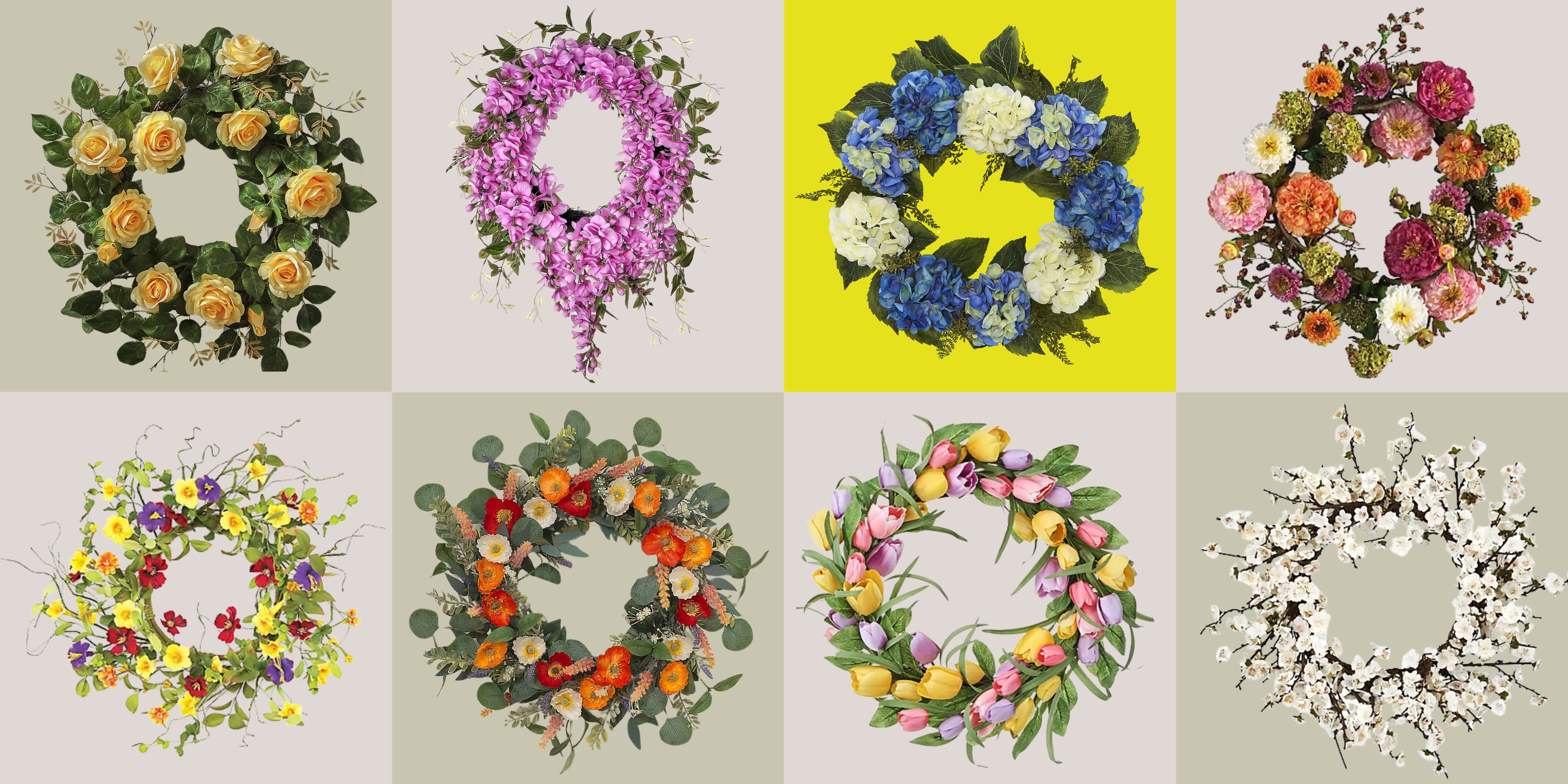 These Are the Flower Crowns I’m Wearing This Spring (Spoiler: They’re Actually for My Door)
These Are the Flower Crowns I’m Wearing This Spring (Spoiler: They’re Actually for My Door)Coachella confirmed the comeback of flower crowns. At home, they just go by another name: the spring wreath
By Julia Demer
-
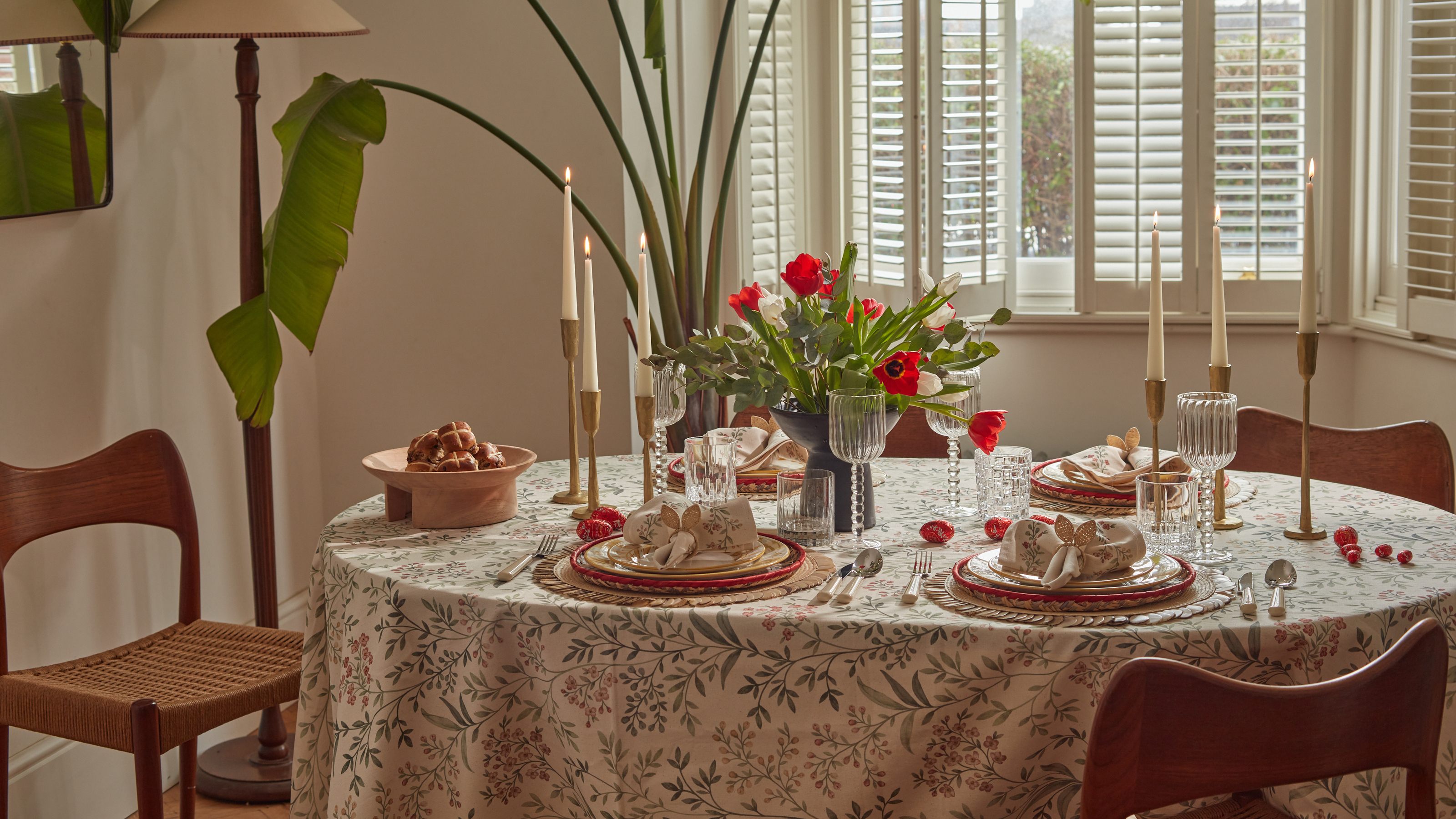 Bunny Ears, Be Gone — 7 Easter Table Styling Mistakes That Will Take Your Setting from Tawdry to Tasteful
Bunny Ears, Be Gone — 7 Easter Table Styling Mistakes That Will Take Your Setting from Tawdry to TastefulFrom fussy floral displays that disrupt conversation to over-relying on tacky tropes, don't fall victim to these errors when decorating your Easter table
By Lilith Hudson
